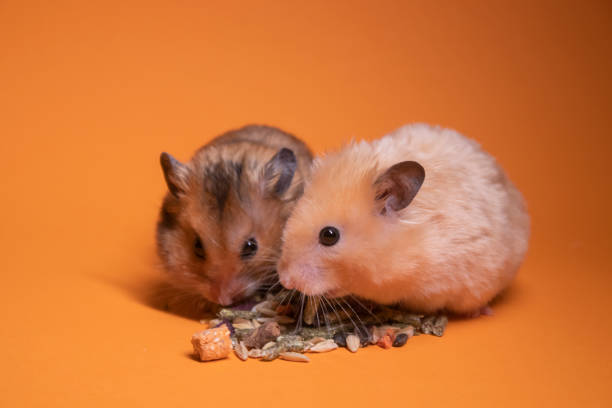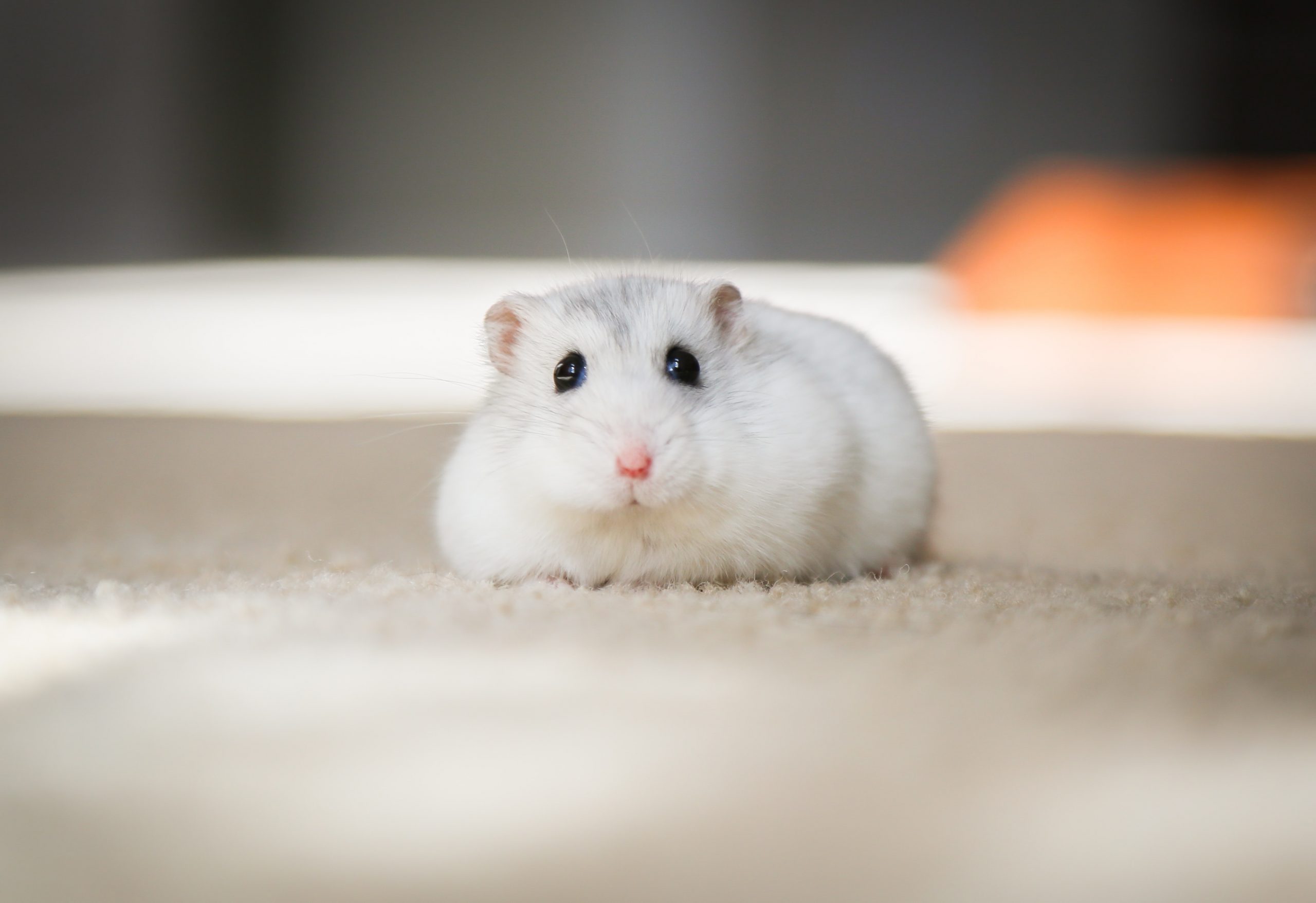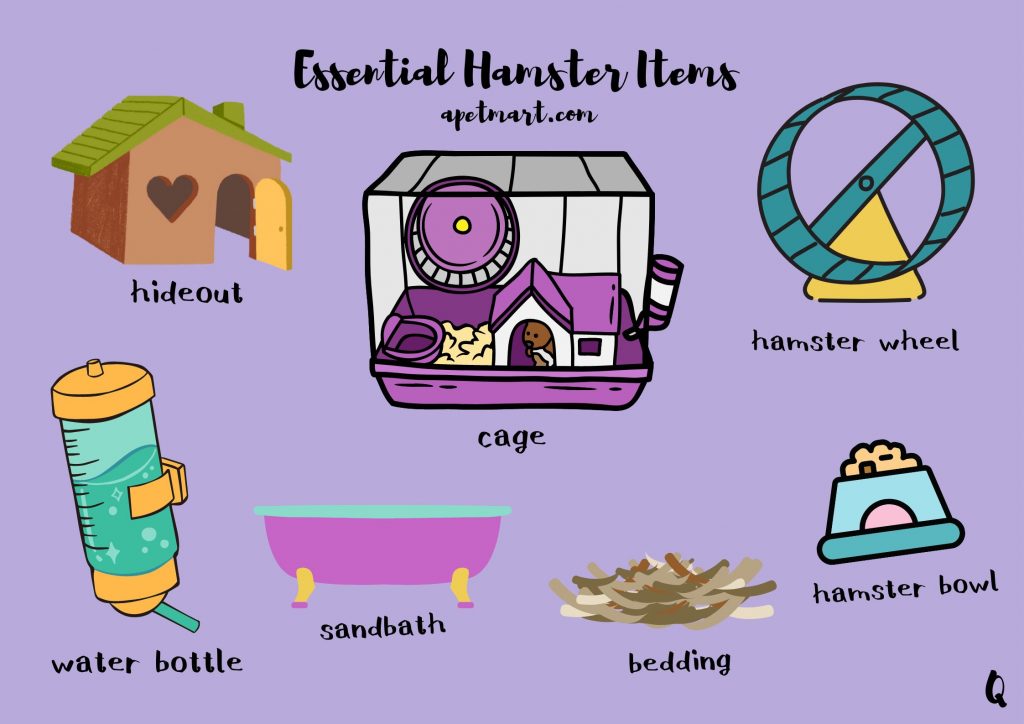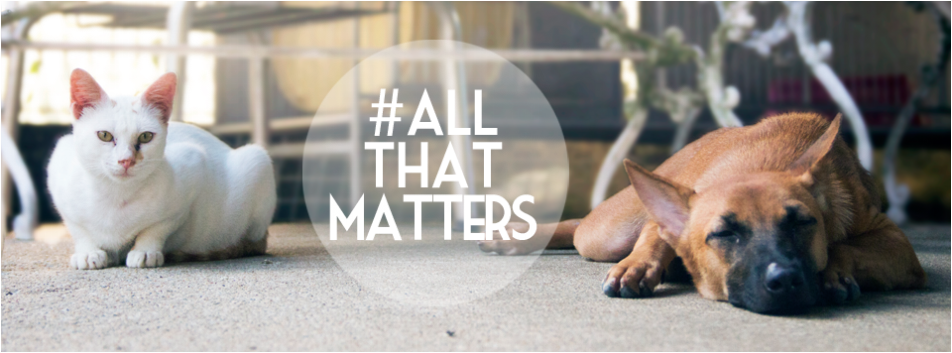
Welcome to our friendly blog, where we’ll explore exciting DIY projects to create a fun and enriching habitat for your hamster. Hamsters are adorable little creatures who love to explore and play, and by adding some creative DIY projects to their living space, we can ensure they have a delightful and engaging environment. Join us as we embark on this fun-filled journey of hamster DIY and discover fantastic ideas that will make your hamster’s habitat a true haven of happiness.
Crafting a Cosy Hideout
Let’s start our hamster adventure by crafting a cosy hideout. We’ll explore materials like repurposed household items and cardboard boxes to create a secure and comfortable haven. Get creative and repurpose an old shoebox by cutting an entrance hole and lining it with soft bedding. Add extra comfort by attaching fabric for a cosy hammock-like area inside.
Crafting a Comfortable Hideout
To provide your hamster with a cosy hideout, you can explore various materials and designs. Repurposing household items can be a cost-effective and creative option. For example, consider using a cardboard box or an old shoebox as the base for the hideout.
Cardboard Boxes and Tunnels
Cardboard boxes can be transformed into snug retreats for your hamster. Cut an entrance hole in the side of the box, ensuring it is large enough for your hamster to enter comfortably. Line the box with soft bedding, such as shredded paper or hay, to create a cosy interior.
Enhancing Comfort and Security
Adding extra elements to the hideout can increase your hamster’s comfort and sense of security. For instance, you can attach a small piece of fabric or fleece to create a hammock-like area inside the hideout. This provides a soft and elevated spot for your hamster to relax and sleep.
Homemade Toys and Enrichment
Hamsters require mental and physical stimulation to thrive. We will guide you in creating homemade toys and activities to entertain your furry friend. From treat-dispensing toys to puzzles with toilet paper rolls, we’ll help you unleash your hamster’s playful side.
The Importance of Mental and Physical Stimulation
Hamsters, like all pets, require mental and physical stimulation to maintain their overall well-being. Providing them with toys and enrichment activities helps prevent boredom, encourages natural behaviours, and keeps them active and happy.
Homemade toys and activities are a great way to engage your hamster’s senses and provide enjoyable entertainment. They can be cost-effective and allow you to customize the toys to suit your hamster’s preferences and needs.
Treat-Dispensing Ball
Treat-dispensing toys are a great way to engage your hamster’s curiosity and provide them with a rewarding experience. One example is an interactive treat-dispensing ball. To make one, find a plastic ball with small holes or openings. Fill the ball with your hamster’s favourite treats or pellets, ensuring they are appropriate for their diet. Place the ball in your hamster’s enclosure or play area, and as they interact with it, they’ll roll it around to access the hidden rewards.
Other Homemade Toys and Activities
In addition to treat-dispensing toys, you can create puzzles using toilet paper rolls, construct mazes with cardboard, or create tunnels from PVC pipes. Offering nesting materials like tissue paper or hay also encourages natural burrowing behaviours. Regularly rotating and introducing new toys and activities prevents boredom and keeps your hamster mentally stimulated.
Climbing Adventures
Hamsters have a natural inclination for climbing and exploring their surroundings, making it crucial to provide them with opportunities to fulfill these instincts. DIY climbing structures can be a fantastic way to enhance your hamster’s well-being. By using safe and natural materials, you can create engaging and stimulating environments for your furry friend.
The Importance of Climbing and Exploration
Hamsters have a natural inclination for climbing and exploring, which is vital for their well-being. Providing opportunities for climbing helps fulfil their instincts and keeps them physically and mentally stimulated.
Benefits of DIY Climbing Structures
DIY climbing structures offer a cost-effective way to create engaging environments for your hamster. They allow you to incorporate safe and natural materials, providing your hamster with opportunities for physical exercise, mental stimulation, and exploration.
DIY Wooden Ladder
To make a DIY wooden ladder, cut small pieces of untreated wooden dowels or popsicle sticks to serve as ladder rungs. Attach these rungs horizontally between two vertical wooden planks, creating a ladder-like structure. Smooth the wood to prevent any potential harm to your hamster.
A wooden ladder provides your hamster with a stimulating climbing adventure. It allows them to exercise their muscles, improve coordination skills, and satisfy their curious nature. The ladder adds variety and interest to their environment, preventing boredom and promoting overall well-being.
Wholesome and Delicious Treats
Spoiling your hamster with homemade treats is a fantastic way to provide them with nutritious snacks. We’ll guide you in using hamster-friendly ingredients to make natural and delicious options. Treat time will be a delightful bonding experience for both of you.
The Joy of Homemade Treats for Hamsters
Spoiling your hamster with homemade treats is a wonderful way to provide them with nutritious and delicious snacks. Homemade treats allow you to control the ingredients your hamster is fed, ensuring they are hamster-friendly and promoting their overall well-being. It also creates a bonding experience between you and your furry friend during treat time.
Exploring Nutritious Ingredients
When making homemade treats, it is important to use nutritious ingredients that are safe for hamsters. This can include a variety of fruits, vegetables, and seeds that provide essential nutrients. Research hamster-safe ingredients and consult with your veterinarian to ensure you are offering your hamster a balanced and appropriate diet.
Making a Fruit Kabob Treat
To spoil your hamster with a fruity kabob treat, start by selecting hamster-safe fruits like apple, banana, and strawberry. Cut these fruits into small chunks. Then, skewer the fruit chunks onto a wooden skewer to create a kabob. Hang the kabob inside your hamster’s habitat, and observe their delight as they happily munch on the tasty and healthy treat.
Creating a Sensory Wonderland
Hamsters are naturally curious creatures who enjoy exploring the world through their senses. To provide them with a sensory paradise within their habitat, we can incorporate various elements that engage their senses. By creating a captivating environment, we can enhance their overall well-being and enrich their daily lives.
Tactile Delight with a Sand Bath
Set up a dedicated area within the habitat for a sand bath using chinchilla sand or dust. This allows your hamster to indulge in their natural behaviour of rolling and digging, providing tactile stimulation and helping to keep their fur clean.
Enhancing Olfactory Experiences with Scented Bedding
One way to create a soothing atmosphere is by making scented bedding using dried herbs like lavender or chamomile. Mix these fragrant herbs with clean bedding material to infuse the habitat with calming scents, promoting relaxation and reducing stress for your hamster.
Engaging the Senses of Smell and Sound with Interactive Toys
Introduce interactive toys that stimulate your hamster’s senses of smell and sound. Consider scented chew toys or toys with hidden compartments that release enticing smells when manipulated. Toys with bells or rattles provide gentle auditory stimulation, enhancing their sensory experiences.
With these friendly DIY projects, you can transform your hamster habitat into a vibrant and joyful space. By crafting cosy hideouts, making engaging toys like treat-dispensing balls, building climbing structures like wooden ladders, preparing delicious treats like fruity kabobs, and creating sensory experiences with scented bedding, you’ll provide your furry friend with endless entertainment and love. Remember, safety is crucial, so choose hamster-friendly materials and supervise their playtime. Let’s embark on this delightful DIY journey together and witness the joy and happiness your hamster experiences in their enhanced habitat. Get ready to have a blast with your hamster as you create a haven they’ll cherish forever.










































